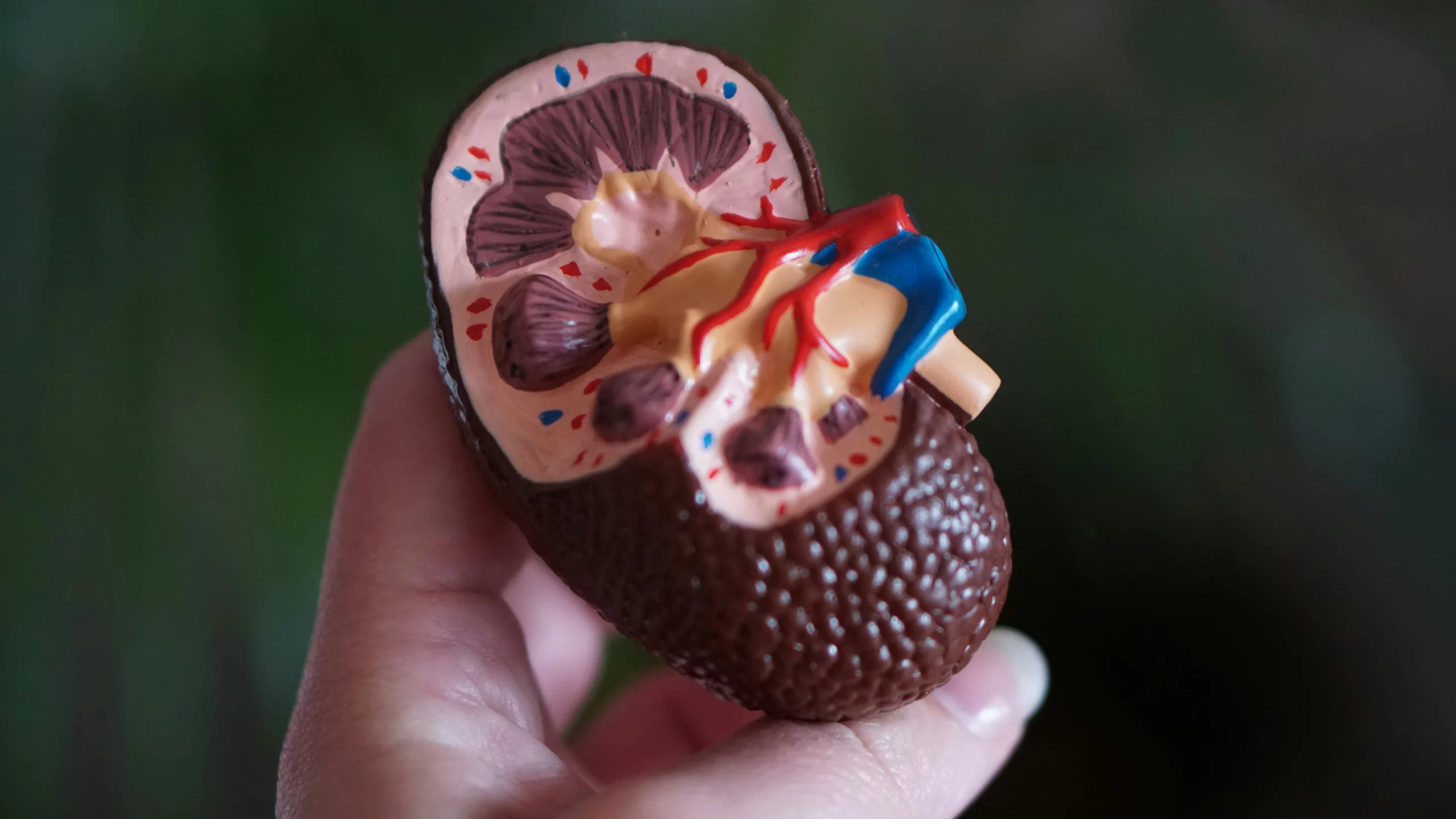Acne is a persistent skin condition that affects millions of people worldwide, leading many to search for effective treatments that go beyond traditional over-the-counter remedies.
Among the most popular and widely studied skincare ingredients for acne treatment is retinol, a derivative of vitamin A known for its ability to promote skin renewal and improve overall texture.
While retinol has been praised for its acne-fighting capabilities, some users experience irritation, dryness, or an initial worsening of breakouts before seeing improvement. This has sparked debate over whether retinol is the best option for treating acne or if other alternatives may be more effective.
To understand whether retinol truly helps with acne, it is important to understand its mechanism of action, benefits, potential drawbacks, and how to use it effectively within a skincare routine.
Understanding Retinol and Acne
Retinol has long been hailed as a skincare powerhouse, widely used in anti-aging treatments and acne regimens alike. As a derivative of vitamin A, retinol belongs to the retinoid family, a class of compounds that accelerate cell turnover, unclog pores, and reduce inflammation.
Dermatologists frequently recommend retinol for acne-prone skin, but its effectiveness remains a topic of debate. Some users see dramatic improvements, while others struggle with irritation or an initial worsening of breakouts. Understanding how retinol interacts with the skin, its benefits, and its limitations is essential for those considering it as an acne treatment.
How Retinol Works to Combat Acne
Acne is driven by several factors, including excessive oil production, clogged pores, bacteria, and inflammation. Retinol addresses multiple aspects of acne formation by increasing skin cell renewal and preventing the accumulation of dead skin cells, which can mix with oil and bacteria to form blemishes.
By promoting a faster shedding process, retinol helps keep pores clear and reduces the likelihood of new breakouts. Its ability to regulate oil production further supports acne prevention, as excessive sebum creates an environment where bacteria thrive.
The Retinol Purging Phase
Despite its effectiveness, retinol is not a quick fix. Many users experience a “purging” phase in the first few weeks of use, during which breakouts may appear worse before they get better.
This phenomenon occurs because retinol accelerates the turnover of skin cells, bringing underlying clogged pores to the surface. While this period can be frustrating, it is often a sign that the product is working.
For individuals with sensitive or inflammatory acne, introducing retinol slowly and pairing it with soothing skincare ingredients can help mitigate irritation.
Best Practices for Retinol Application
Proper application is crucial for achieving results without exacerbating skin sensitivity. Retinol should be applied at night, as it makes the skin more vulnerable to UV damage.
A small, pea-sized amount is typically sufficient for the entire face, and it should be used after cleansing but before applying a moisturizer.
Beginners should start with a low concentration, using retinol once or twice a week before gradually increasing frequency. Hydration is key—moisturizing well and using a broad-spectrum sunscreen during the day can help counteract the dryness and sensitivity associated with retinol.
Who Should Avoid Retinol?
Not everyone is an ideal candidate for retinol. Those with extremely sensitive skin, conditions like rosacea or eczema, or a history of severe irritation may find that retinol exacerbates their symptoms.
Pregnant women are also advised to avoid retinoids due to potential risks to fetal development. In such cases, alternative treatments like azelaic acid, salicylic acid, or niacinamide may be more suitable options for acne management.
How Long Does It Take for Retinol to Work?
Patience is necessary when using retinol. Unlike spot treatments that provide immediate relief, retinol works by reshaping skin function over time. It can take several weeks or even months before visible improvements emerge.
For persistent or severe acne, combining retinol with other treatments—such as benzoyl peroxide, topical antibiotics, or oral medications prescribed by a dermatologist—can yield better outcomes.
While over-the-counter retinol is effective for mild to moderate acne, prescription-strength retinoids like tretinoin or adapalene may be required for more stubborn cases.
Retinol’s Long-Term Benefits
Beyond its acne-fighting properties, retinol offers long-term benefits for skin texture and tone. It stimulates collagen production, helping to fade acne scars and post-inflammatory hyperpigmentation.
Many people incorporate retinol into their skincare routines not only to clear active breakouts but also to improve the overall clarity and smoothness of their complexion. However, because retinol can increase sun sensitivity, diligent sun protection is essential, as UV exposure can worsen discoloration.
Adjusting Retinol Use for Different Skin Types
Retinol’s success as an acne treatment depends on several factors, including skin type, concentration, and consistency of use. Those who experience excessive dryness or worsening breakouts may need to adjust their routine, either by reducing frequency or switching to a milder formulation.
Consulting a dermatologist can provide personalized guidance on the best retinol product and application strategy based on individual skin needs.
Retinol vs. Other Acne Treatments
Although retinol is one of the most widely praised ingredients for acne-prone skin, it is not a universal solution. Skincare is highly individualized, and what works for one person may not work for another.
Some individuals may find that other treatments, such as benzoyl peroxide, salicylic acid, or hormonal therapies, are more effective for their specific acne type. The key is to create a routine that balances acne control with skin barrier protection, avoiding excessive dryness, irritation, or sensitivity.
Final Thoughts on Retinol for Acne
Retinol is a potent tool in the fight against acne, offering benefits that go beyond clearing breakouts to improving overall skin texture and tone. However, it requires careful use and patience.
While initial purging can be discouraging, consistent application over time often leads to clearer, smoother skin. Proper hydration, sunscreen use, and a well-rounded skincare routine are essential for minimizing side effects and maximizing results.
For those struggling with persistent acne, combining retinol with other treatments under the guidance of a dermatologist can provide the best path forward. Understanding retinol’s role and its long-term effects can help individuals make informed decisions about incorporating it into their skincare regimen.















